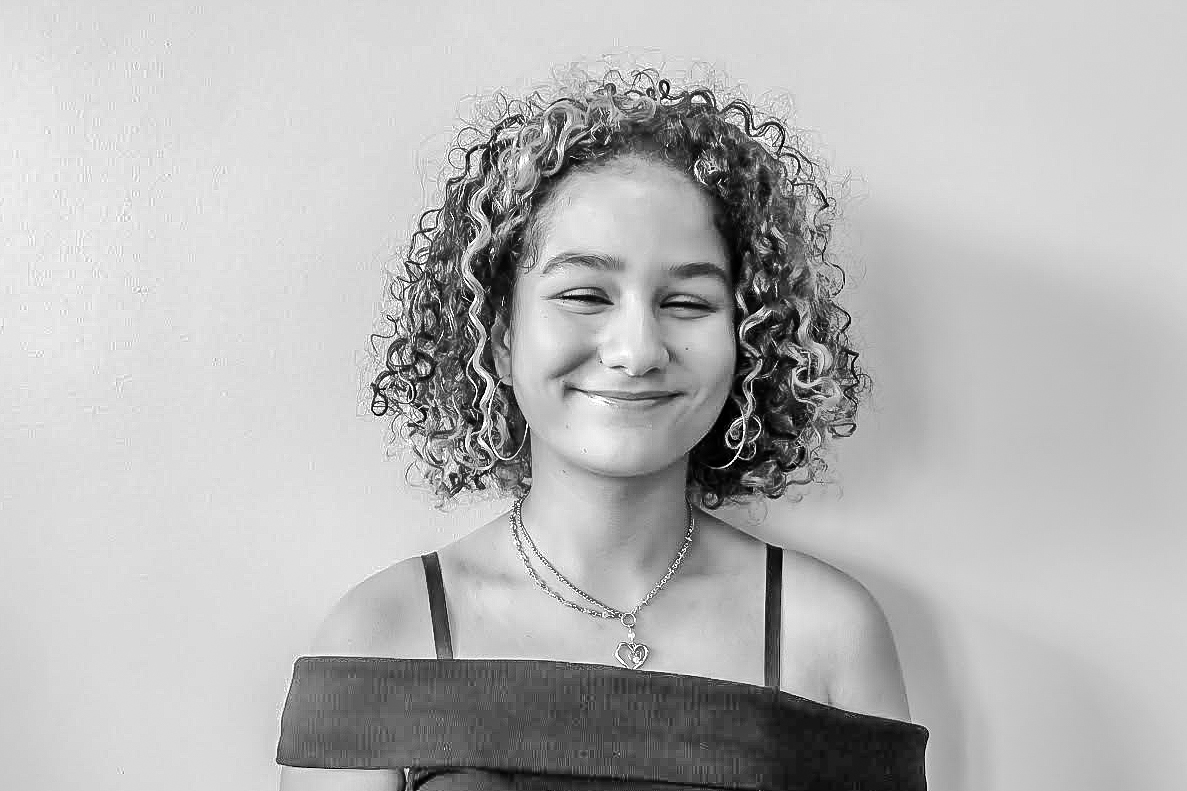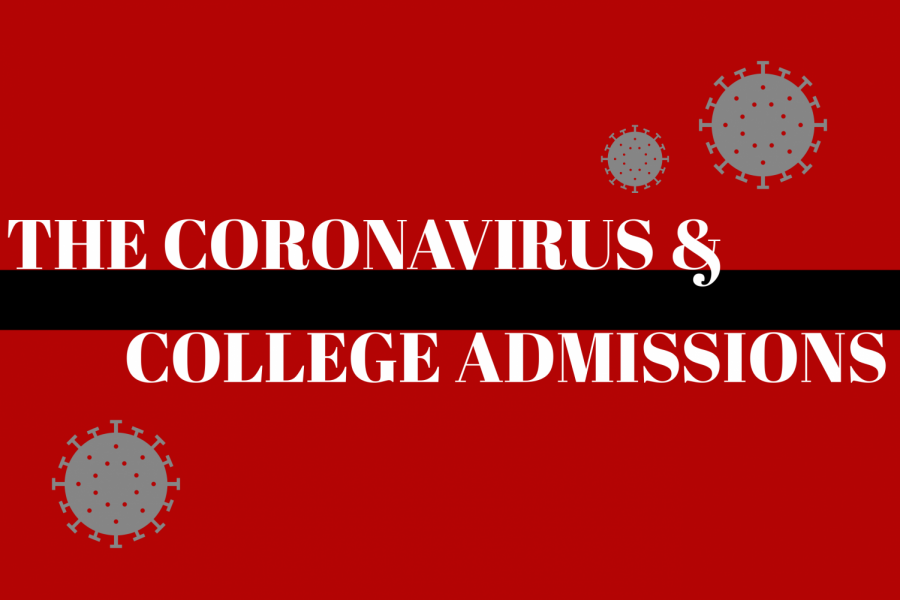Colleges See a Record-High Number of Applicants for the Class of ’21
How college admissions and standardized testing will be different for the class of 2021 because of COVID-19.
May 21, 2021
In 2021, UCLA received around 168,000 applications, 24% more than the year before according to their school newspaper, the Daily Bruin. They are not alone in this sudden increase of applicants, as schools across the country have seen record-high numbers of applications. According to the Brown Daily Herald, Brown University received over 46,000 applications, a 26% increase from the previous year.
“I was really surprised that almost every school had way more applicants than they’d ever had before. I thought during a pandemic more kids would take a gap year, but they didn’t. I think that happened because of the test-optional,” City High guidance counselor Mary Peterson said. “A lot of the feedback we were getting from colleges was we got a lot more applicants, because it’s test-optional and we’re looking at the students holistically. But that made the admission rates for colleges, a lot smaller than they already were. Especially those top colleges, if they had an 8% acceptance rate or something, this year it was four.”
With the COVID-19 pandemic interrupting ACT and SAT testing, many schools decided to go test-optional, meaning they aren’t requiring students to submit a standardized test score as a part of the application, at least for the graduating class of 2021. Experts believe that it is this shift to a test-optional policy that has resulted in the high volume of applications.
“A lot of my students took advantage of it and didn’t take the ACT or SAT. I still had more students take it than I thought,” Peterson said. “But also they had maybe taken it earlier in their junior year. What was nice was if they didn’t do as well on the test as they thought, they didn’t have to submit their score. It took some of the pressure off.”
The country’s top public universities and Ivy League schools aren’t the only ones seeing the increase. Cornell College in Iowa saw a 6% increase in applications according to Inside Higher Ed.
“It was a surprise, and kind of discouraging, for those students that were really looking forward to applying and going to certain schools. It made it even more difficult to get in,” Peterson said. “Often, it might not have been what they were hoping for. But then maybe an offer came from a school that they hadn’t expected. So from what I’ve heard for most students, they got into someplace that they wanted. It might not have been their first choice, but that can happen [in] a normal year as well.”
While this increase in applications is benefiting colleges, it means that top schools are seeing a significant decline in acceptance rates. According to Inside Higher Ed, Colby College’s acceptance rate went from 10% in 2020 to 8% in 2021. Williams College’s acceptance rate went from 12% to 8% as well. This means that students in this year’s graduating class have had a significantly more difficult time being accepted to the nation’s most prestigious schools.
“Because there were so many more applicants, there were a lot more places that I got waitlisted, which is confusing because I don’t know if I have a real chance of getting in or if there’s a bunch of people on the waitlist,” Maggie Ballard ‘21 said. “It’s weird because a lot more people applied, so that makes me think maybe I have a better chance of getting off the waitlist in a normal year, because maybe people applied and they got in, but really they didn’t want to go there. But then also it goes the other way because there’s so many more applicants that maybe the waitlist is a lot bigger than it normally is.”
College campuses across the U.S have been closed to tours and the public since last spring, even the schools that have been allowing current students to attend in-person classes on campus. Students like Ballard have been unable to tour the schools they were thinking about applying to or were accepted at.
“The process is stressful, because with applications, it’s hard to decide where you want to go without being able to travel and go to tours on the campuses. Even if you can travel there, a lot of colleges aren’t offering official tours,” Ballard said. “I went to a couple colleges, just around the Midwest, for a nice little road trip. We just drove past them and you can get a feel of what the campus looked like, but you can’t really get that real-life tour aspect of it.”
Another decision that COVID-19 has provided high school seniors is whether or not they want to attend college far from home.
“I go back and forth on it because sometimes I think I don’t want to have to take a four-hour plane ride to get home, but then sometimes I think that I do want to get really far away,” Ballard said. “In the past year, there’s been times where I just want to get out of Iowa, I just want something different. I want change from being at home all the time, but also with COVID, [I don’t want to be] quarantined constantly. When I was applying, I was thinking for sure I wanted to go somewhere far away because I just needed a change from Iowa or the Midwest, but now that it’s getting closer I’m changing my mind a little bit.”
Students applying to college this year have also had to face applications with a resume interrupted by the pandemic.
“This year was a little difficult, because a lot of it was put on pause. What we focused mostly on was writing letters of recommendation and having students submit applications focusing on what [they’ve] done prior to the pandemic. All the colleges understand that we’re in a pandemic, so that’s okay,” Peterson said.
However, not all seniors have been faced with the effects of COVID-19 on the college admissions process this year. Peterson has found that many of her students have been choosing to defer college for a year or take a gap year due to the pandemic, more so than in previous years.
“I feel that more [students] are considering it, or maybe applying and then deferring for the following year so that they’re accepted but they don’t have to go to school next year,” Peterson said.
While the test-optional policy has resulted in higher competition for college admissions, Peterson hopes schools continue with the policy in the future in order to have a more equitable college admissions process.
“I’m hoping that it opens up the application process to colleges for the future as well. Just because sometimes, a one day test result isn’t always accurate. I think looking at the whole high school experience can be a more accurate depiction as to whether a student will be successful in college,” Peterson said. “There are a lot of schools already talking about keeping it test-optional, so we’ll see how that goes. I’m still advising students to take the ACT or SAT, if they feel comfortable to do so, because you don’t have to submit that score if you don’t want to.”































